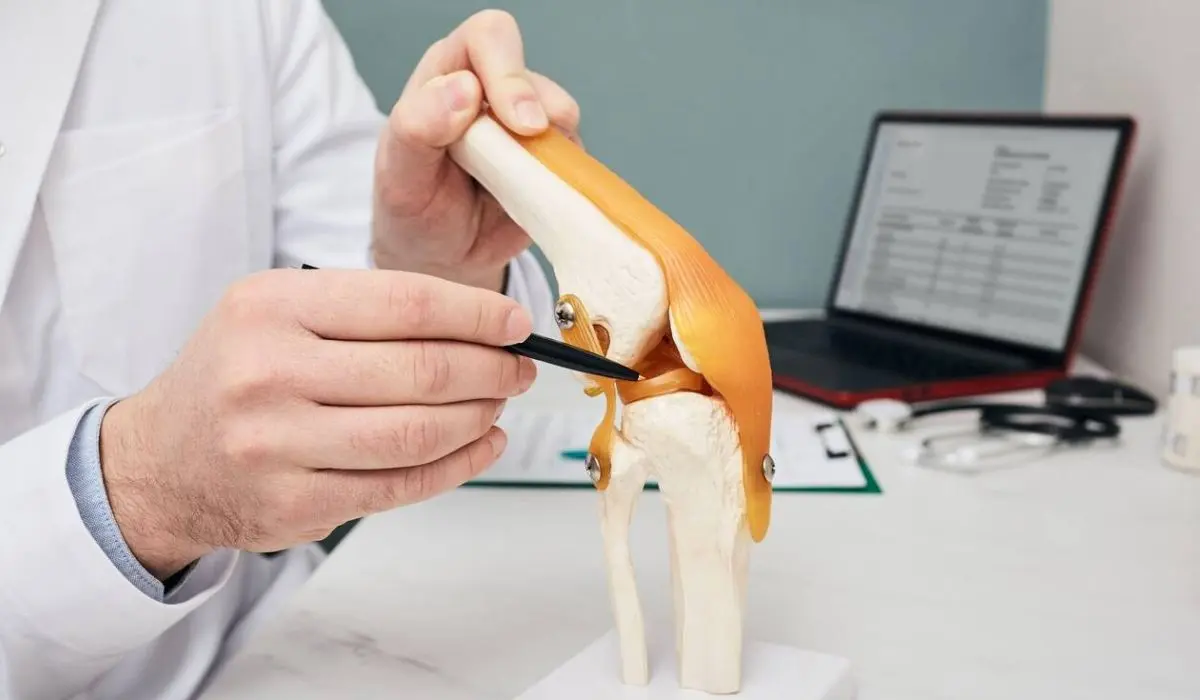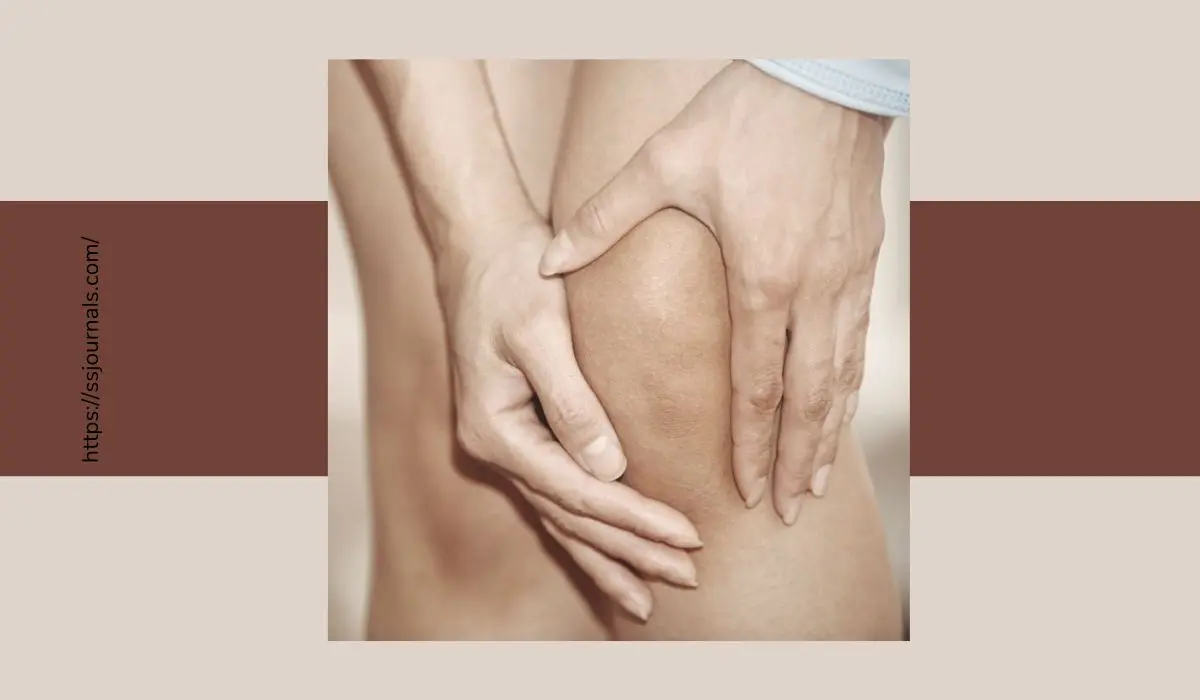The meniscus is a thick, rubbery cartilage pad that provides cushioning and stability in the knee joint. A torn meniscus is one of the most common knee injuries, often caused by sudden twisting motions during sports.
Pain, swelling, and limited mobility result. While surgery is sometimes necessary, there are also proven conservative methods to help heal a torn meniscus without medical interventions.
In this guide, you’ll learn natural tips and remedies to heal your knee at home. We’ll cover effective alternative treatments, diet, and lifestyle adjustments, and ways to support the regenerative process. With patience and proper care, you can potentially avoid surgery and regain flexibility using natural methods.
Understanding Torn Meniscus Injuries

The meniscus sits between the thigh bone and shin bone, providing shock absorption and joint stability. However, sudden forceful twisting can cause tears, commonly when:
– Foot is planted while twisting during sports like basketball, football, and tennis
– Knee buckles inward, over-rotating and tearing meniscus
– Direct hit or trauma impacts the bent knee
Symptoms include:
➜ Pain, swelling, stiffness, and leg instability
➜ Difficulty fully straightening or bending the knee
➜ Tenderness along the joint line
➜ Popping, clicking, or catching sensations
➜ Locking of the knee
Minor meniscus tears may heal on their own if properly cared for. However, severe or repeated tears often require surgical trimming or repair. Non-surgical treatments should be attempted first.
Top 10 Natural Remedies For Torn Meniscus Recovery
Here are the most beneficial natural remedies:
Cold Therapy
Applying ice packs constricts blood vessels, limiting inflammation, pain, and swelling in the initial injury phase. Ice for 15 mins several times per day.
Compression
Wrapping the knee firmly with an elastic bandage or brace provides compression to minimize swelling. Don’t wrap too tightly.
Elevation
Keep the injured leg elevated above heart level whenever possible to utilize gravity drainage and reduce knee swelling.
Crutches
Use crutches to avoid bearing weight on the torn meniscus while it heals. Putting weight on it delays healing.
NSAIDs
Over-the-counter non-steroidal anti-inflammatory meds like ibuprofen help relieve pain and inflammation.
Turmeric
Has powerful anti-inflammatory effects. Take capsules or use them frequently in cooking.
Glucosamine
Supports collagen repair in connective tissue and cartilage over time.
Arnica
This homeopathic herb reduces swelling, bruising, and pain when taken orally or applied topically.
Comfrey poultice
Applying comfrey oil and paste over the knee provides natural anti-inflammatories.
Acupuncture
Shown to decrease knee pain and improve function and mobility.
Combining these remedies supports the body’s natural healing capacity. However severe tears still may eventually require surgery after conservative treatment is attempted.
Lifestyle Measures To Promote Meniscus Recovery
Along with remedies, adjustments to activity, diet, and habits speed up the healing journey:
Rest and avoid re-injury
Refrain from sports or strain on the knee for 4-6 weeks minimum to allow meniscus fibers to mend.
Eat anti-inflammatory foods
Focus on fruits, vegetables, nuts, olive oil, and omega-3s from fish while avoiding inflammatory foods like sugars, processed carbs, alcohol, and tobacco. Tart cherry juice is especially beneficial.
Support collagen production
Eat collagen-boosting foods like bone broth and supplements containing vitamin C, proline, glycine, and zinc.
Manage weight
Carrying extra weight strains the meniscus. Lighten exercise emphasizing the upper body until you can progress to pool exercises.
Stimulate blood flow
Using a TENS unit helps improve circulation to transport nutrients.
Stay positive
Some studies link better healing outcomes with optimistic attitudes and social support. Reduce stress.
Patience is required, but combining these methods taps into your body’s innate capacity to regenerate tissues over time.
Knee Exercises To Improve Stability and Strength
Once pain and swelling have sufficiently subsided, gentle knee exercises can help:
Knee extensions – Gently straighten and hold your knee out in front of you to improve your range of motion. Don’t hyperextend.
Leg lifts – Lying down, slowly raise the straightened leg up and lower for quad strength without weight-bearing.
Wall slides – Stand with your back against the wall, slide knees into slight bend and back down for stability.
Towel curls – Sit and slide a towel under your foot, slowly curling it up towards you working medial glutes.
Calf and hamstring stretches – Gently stretch these tightened muscles.
Mini-squats – Holding onto support like a chair back, carefully perform shallow mini-squats.
Always check with your physical therapist to ensure exercises are right for your specific meniscus tear location and recovery timeline.
Knee Brace And Support Use
Wearing a supportive brace or sleeve during recovery protects the healing meniscus:
– Helps limit rotational movements that strain the tear.
– Provides extra stability for walking.
– Offers light compression to minimize swelling.
– Allows you to discontinue crutches sooner while avoiding reinjury.
Look for braces with side stabilizers or those specific to meniscus tears. Rigid braces restrict motion more for return to sport after adequate healing.
Know When Surgery Becomes Necessary
While conservative treatment should be attempted first, there are some circumstances where surgical intervention becomes warranted for a torn meniscus:
– The tear is severe and unlikely to heal on its own
– Knee locking persists despite a course of immobilization
– Significant fragments or tissue remain loose in joint space
– Range of motion and strength plateau without improvement
– Persistent swelling and joint line pain continue beyond 6 weeks
– MRI shows additional damage beyond the meniscus like ligament tears
Talk with your orthopedist about whether surgery makes sense in your specific case if pain and dysfunction continue.
Can a Torn Meniscus Heal Completely Naturally?
With small peripheral non-displaced tears, the meniscus can regenerate and heal on its own using conservative treatments like:
– Activity modification and knee immobilization in a brace
– Anti-inflammatory medication and supplements
– Cold therapy to limit swelling
– Physical therapy focused on slowly regaining motion once healed
However, larger tears in central weight-bearing regions that disrupt more blood flow are less likely to mend without surgery. But non-surgical methods should be exhausted first since surgery can lead to greater risks of osteoarthritis later on.
Natural healing combined with careful PT typically produces the most lasting functional results. Committing to this slower path taps into the body’s innate self-repair capacities. With patience and diligent effort, even more extensive meniscus tears may show better-than-expected improvements.
Conclusion
Torn meniscus recovery fundamentally relies on allowing adequate rest and protection of the knee joint while utilizing natural anti-inflammatories. Supporting the body’s regenerative processes through nutrition, knee stabilization, stress reduction, and gentle movement can optimize healing and avoid surgical intervention in many cases.
While meniscus tears can be worrying injuries, have faith in the power of comprehensive conservative treatment. With a diligent natural therapy approach, you may be surprised at how much function can be restored.

